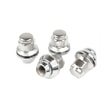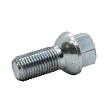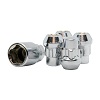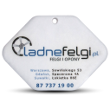How does ceramic coating protect your rims?
The appearance and durability of your rims largely depend on how you care for them. Learn how to do it properly.
Learn about the benefits of ceramic wheel coating and how much longer you'll be able to enjoy the beautiful appearance of your car's wheels after applying it. Less frequent wheel cleaning is also a benefit of ordering a ceramic coating.
Ceramic coating for rims - what is it and how does it work?
Rim protection isn't theoretically necessary, but anyone who cares about the appearance and durability of their vehicle should consider it, as it has very positive effects. Rims are among the most susceptible to dirt, and this is due to difficult-to-remove substances such as:
- brake fluid;
- dust and rust from worn brake discs;
- engine oils;
- dirt from the street.
A rather typical sight is the significantly dirtier front wheel rims. This is where the disc brakes work most intensely, and it's the rusty buildup from the discs and pads (if they have metallic additives) that causes the front wheels to become so dirty. This appearance is off-putting and gives the impression that someone doesn't care about their car at all.
You can, of course, clean your rims regularly, but this is time-consuming and requires a trip to a specialized car wash or your own space and equipment. To significantly reduce cleaning frequency, many different types of rim coatings are used. Waxes or ceramic coatings are the most common. It's the ceramic coating that provides the greatest resistance to dirt adhesion and the longest lasting effect. Wax provides similar results, but its duration after application is significantly shorter.
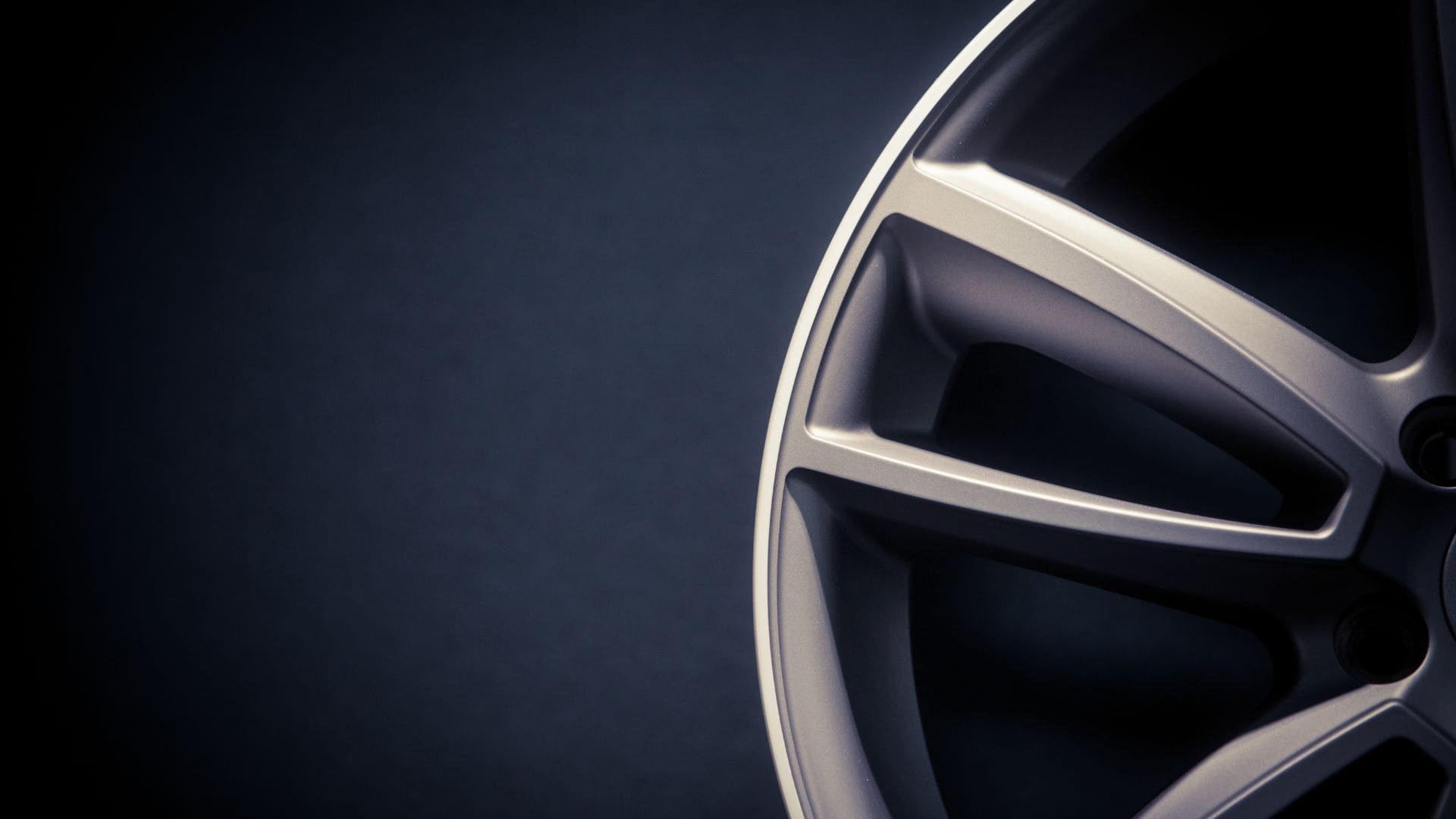
Advantages of ceramic coating for rims - why is it worth using?
The properties of ceramic coating mean that its use offers virtually no significant advantages that will help you keep your rims clean and in good condition. The most important are:
Protection against pollution
The first important feature of a ceramic coating is protection against contamination. The coating is exceptionally smooth, making it very difficult for dirt to adhere to such a surface. Most dirt simply won't stick or will simply run off with rainwater, allowing you to clean your car's rims much less often.
Corrosion resistance
Ceramic coating on both your car and your rims protects components from rust. By blocking moisture penetration and allowing water to drain away more quickly, and eliminating contaminants that could retain it, ceramic coating means significantly greater corrosion resistance and, consequently, greater durability for rims, whether steel, aluminum, or even magnesium.
Easy to clean
Significantly easier cleaning is another advantage of ceramic wheel coating. In most cases, a light rinse with water is enough to restore the wheel to its pristine condition. This means you can wash it without needing a special washer, a trip to a specialized car wash, or even an auto detailing shop.
Long-lasting effect
Applying a ceramic coating to your rims will achieve a very long-lasting effect. Most manufacturers state that their coating will last for 12 to 24 months, but it often lasts up to three years. Wheel wax doesn't last that long. Detailed information can be found in the instructions for each product, and it's also worth checking out what people who have already used it have to say about it on online forums.
Appearance of rims - how does ceramic coating affect the aesthetics of rims?
All metal surfaces protected with ceramic coating benefit significantly, and the appearance of rims will be significantly more attractive. After applying the ceramic coating, they will shine as if brand new. A clean and shiny car looks much better, which also affects the perception of others driving it.
Protecting your rims with a ceramic preparation is highly recommended, and it's worth spending some time once a year or even every two years to keep your aluminum or steel rims looking like new and in excellent condition for many years of use.
How to properly clean rims?
A very important aspect is maintaining the quality of the rims and extending the life of the ceramic coating. This can be achieved by using a car alloy wheel sealer at least every other wash to strengthen the coating. Avoid using harsh products unless absolutely necessary – a neutral pH soap usually works. It's also not advisable to allow brake dust to cake on the surface too much; if it becomes dirty, it should be cleaned.
The process of applying a ceramic coating to rims - can you do it yourself?
If you're convinced by the properties of a ceramic coating and plan to use it, learn how to do it properly. Even the best coating applied incorrectly or under unfavorable conditions will fail to live up to expectations. Fortunately, applying ceramic coatings isn't difficult – simply follow the steps below:
- remove the wheels from the vehicle – this is definitely necessary, although some people choose not to do so;
- wash the rims and tires thoroughly when using this opportunity – thoroughly clean the rims with special preparations intended for a given type of material – steel or aluminum;
- dry the wheels – wait the appropriate time or use a microfiber cloth or compressed air;
- apply the preparation, spreading it thoroughly - how much you should use on one rim can be found in the instructions for the given type of preparation (usually a few drops) - it is most often recommended to spread it with a cotton pad - sometimes a suitable tissue is included in the kit, you can also find spray preparations;
- wait as long as the instructions require – this is an important point that is most often omitted, or at least shortened (some preparations may have recommendations stating that the surface should not be exposed to contact with water or moisture for 3 hours, and full hardness will be achieved after 12 hours);
- reinstall the wheels on the car.
In the instructions you can find additional information, such as the minimum temperature at which the preparation can be applied (for example, +10 degrees Celsius, sometimes even 20 degrees), the range of permissible humidity in the room and similar notes that you should follow to achieve a good and long-lasting effect in accordance with the declarations of the preparation manufacturer.
Is ceramic coating suitable for all types of rims?
Most products can apply ceramic wheel coatings to aluminum, steel , or even magnesium rims. Detailed information on this topic can be found in the product description, as highly specialized solutions may also be available, such as quartz products designed specifically for rims. There are also products that can be used on virtually the entire vehicle—both the paintwork and the rims and windows. This protection against contaminants is a great solution, allowing you to wash and clean your car much less frequently.
If you don't feel up to it or simply don't have the time to perform such treatments, you're sure to find an auto detailing shop near you that offers this service for both rims and other car parts. Ceramic coating applied to a car's paint works the same way as it does on the rims, and it's worth considering. If you're planning to order new Volkswagen or FORD rims , it's best to order a ceramic coating right away. This will extend their lifespan and ensure a perfect appearance with minimal effort on your part. It's best to apply all protective treatments from the start, as it's easier to prevent damage than to repair or conceal it later.




 Modern design
Modern design Perfect fit
Perfect fit High durability
High durability Free shipping within 24 hours
Free shipping within 24 hours
 Individual project
Individual project Dedicated caregiver
Dedicated caregiver
